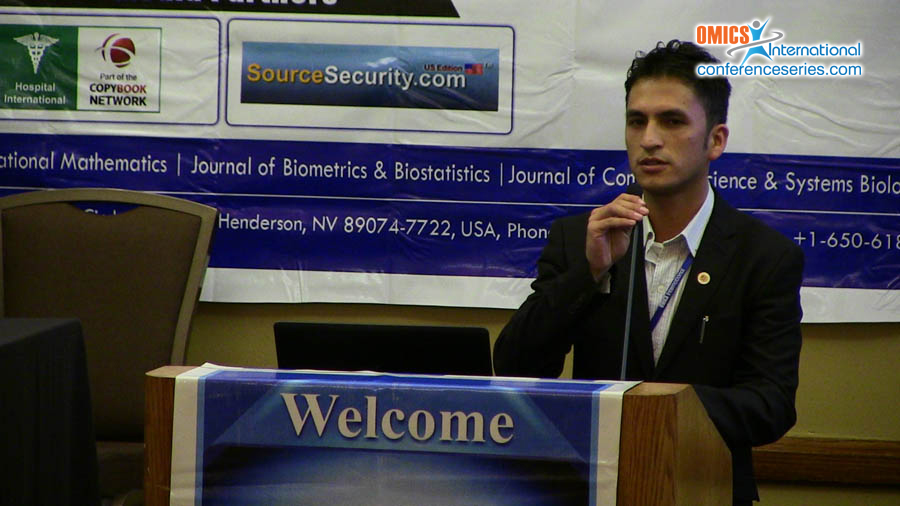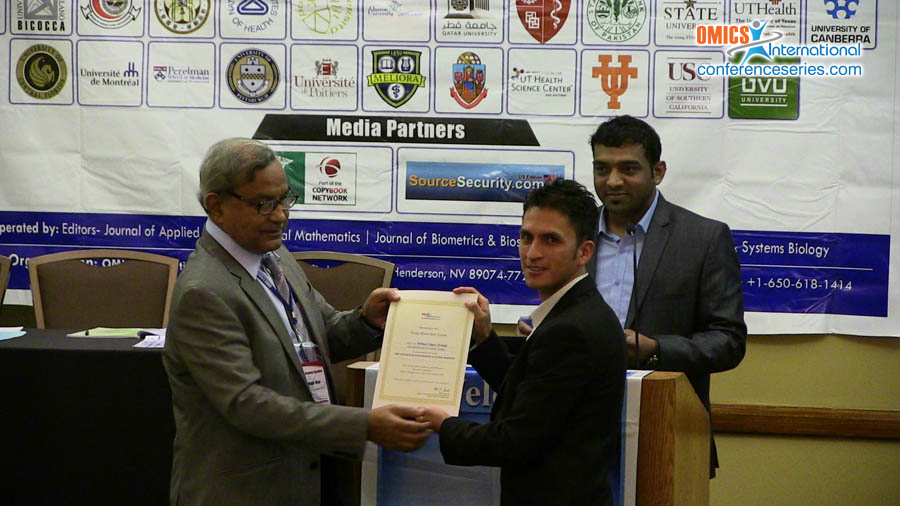
Wilmar López Oviedo
Universidad Nacional de Colombia
Colombia
Title: Study of the growth rate of neo-tropical trees via non-linear mixed models
Biography
Biography: Wilmar López Oviedo
Abstract
The growth rate of trees is essential information for understanding the dynamics in tropical forests, and ecological restoration plans. However, this information is limited for tropical tree species. The growth is measured as the change in the diameter of the trunk (mm/year). The growth rate changes over time results in a relationship between the size and time and it’s a basic assumption for models that use initial diameter like time indicator. However, the size of a tree is not age indicator, being an assumption of evaluating. In this sense, we apply non-linear mixed models for analyzing the growth according to the initial diameter. We include three different models and compare them using the AICW. This data was obtained from permanent plots, where individuals of different sizes co-exist. We added some own characteristics of the species that influence their performance and storage capacity of biomass. We conducted a proper transformation process to the ecology of the system to normalize the data. Split by diameter class, we eliminate data iteratively to have symmetric distributions in each class. This is to eliminate the effect of the trees that are sick. Finally, the generated models were evaluated using data from measurements of trees on the same plot, measured for 20 years. If the size indicates the time, our spatial data models adequately predict the increase in temporary data, otherwise the assumption is invalid. We found that 25% of said diameter variation, wood density affects growth and models using the initial diameter as time indicator are biased as temporary data were weakly predicted by the resulting models.






